Design a sensory, embodied experience of V&A’s online collection
WEEK 5
We started our week by compiling our feedback and building appropriate layers to engage people and mind-stormed about considering used case scenarios. How might an interior designer use it? A child? A student?
We were clear of our primary vision of building an experience that should be accessible easily to people. We develop our used case scenario around the three categories mentioned below.
We used storytelling research methods, talked to each of the three categories, and got insights from the audience. Further, we reconsidered, What does our experience do? (more focused on the audience for which we wanted to cater.
Creation of a physical and digital system that is integrated within the existing V&A website
Used as a tool for education for university-level students in areas like working with paper, model making, cultural information, knowing the process of how the artefacts are made (materials, method, environment)
Creation of layers of information that range from general knowledge, unknown facts, how it made to an AR experience of interacting with the object
Creates a community of curators that have the chance to develop their own collections and browse through the curation of their friends or other visitors of the V&A
I further started building functioning prototype for digital experience using the Figma software. While creating content and navigation for the audience, I kept all the aspects and feedback we received for our group.
Below is the first low fidelity working prototype
We further aimed to make the prototype more realistic with original Augmented Reality features to get the exact vision we were imagining. Sanjana started working with the Aero software to bring AR experience.
Credits: https://giphy.com
We collaborate throughout our process on Figma and worked for hours online playing on Figma with our cursors! Which was another crazy way of communication we explored while mind storming.
While building the content on the screens there was a good flow of many ideas of how can we include more and more realistic participatory experience.
Relationship of a user with museum has these basic notions of interacting with the objects which are displayed. But in most cases, their is protective glass, ropes and ‘do not touch’ signs-used in museum in order to prevent artwork from being touched. The interactions stays limited to ocular perception. ( ͡👁️ ͜ʖ ͡👁️)
As we learned from our collaborative unit about somatic experiences, my thoughts revolved around what if we can hear the sounds of material and get the feeling of thickness and texture of material. We added all the new features to our next prototype with more detailed User interface.





